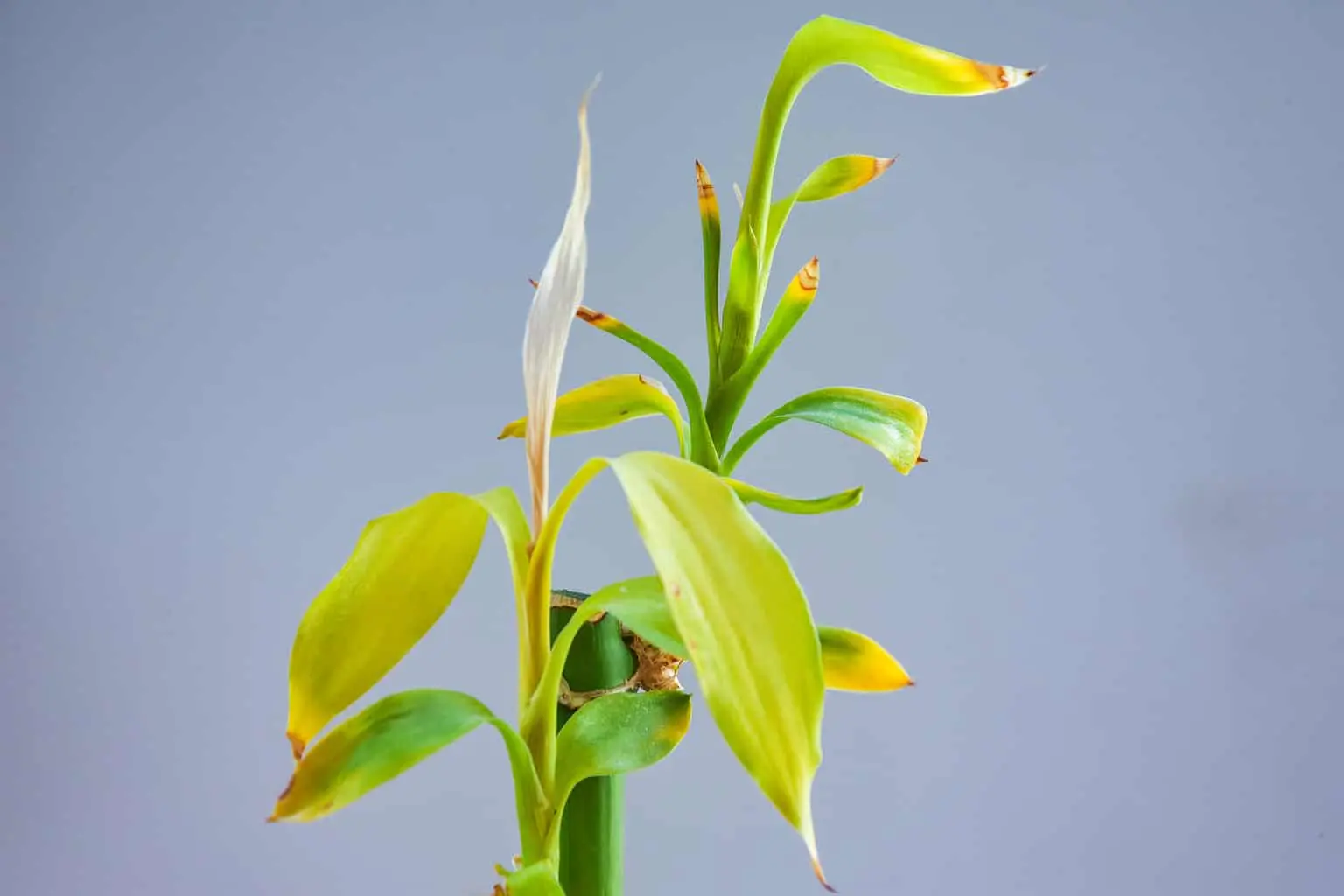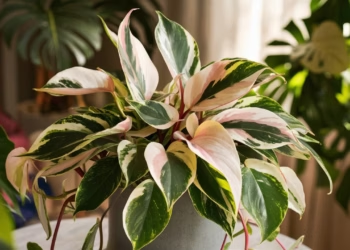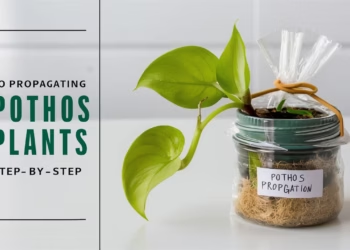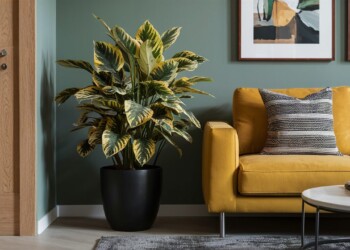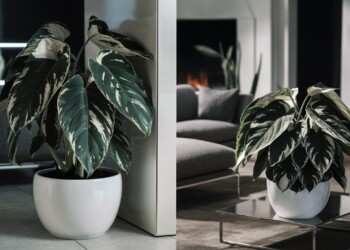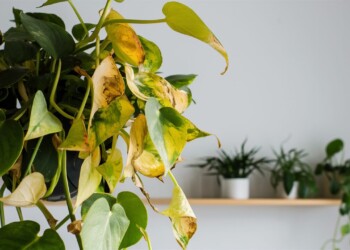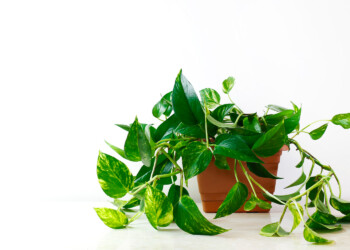Have you noticed your once lush and vibrant bamboo plant starting to turn yellow? Don’t panic just yet! While seeing your bamboo take on a yellow hue can be concerning, it’s essential to understand that several factors could be contributing to this change in color. In this article, we’ll delve into the possible reasons behind why your bamboo turning yellow and provide practical solutions for each issue. So, let’s roll up our sleeves and get to the root of the problem!
Table Of Contents
Lack of Water
Is your bamboo looking a bit parched and yellow? It might be thirsty! Like many plants, bamboo requires an adequate amount of water to thrive. If you’ve been neglecting your bamboo’s hydration needs, it could be the culprit behind its yellowing leaves.
Solution: Give your bamboo a good drink! Ensure it receives consistent watering, keeping the soil evenly moist but not waterlogged. Remember, different species of bamboo have varying water requirements, so familiarize yourself with your specific bamboo’s needs.

Excessive Sunlight Make Your Bamboo Turning Yellow
Is your bamboo basking in the sun’s rays for too long? While sunlight is essential for plant growth, but excessive exposure can spell trouble for your lucky bamboo. If you notice your bamboo’s leaves turning yellow or becoming dry and brittle, it’s likely receiving too much direct sunlight.
Solution: Find a shadier spot for your bamboo! Consider relocating it to an area with filtered sunlight or using sheer curtains to diffuse intense sunlight. Strike a balance between light and shade to prevent sunburnt leaves.

Nutrient Deficiency Will Make Your lucky bamboo turning yellow
Could your bamboo be running low on essential nutrients? A lack of proper nourishment can manifest as yellowing leaves, indicating that your plant isn’t getting the vitamins and minerals it needs to thrive.
Solution: Feed your bamboo! Consider using a balanced fertilizer specifically formulated for bamboo plants. Look for products with a higher nitrogen content to promote healthy leaf growth. Remember to follow the recommended dosage to avoid over-fertilization.

The Pitfalls of Over-Fertilizing: Less is More
While fertilizer is often seen as a boon to plant health, excessive use can have adverse effects, including leaf discoloration in lucky bamboo. Remember, less is more when it comes to fertilizing these resilient plants. A monthly application of a diluted liquid fertilizer is typically sufficient, if necessary at all.
Solution: Focus on providing well-draining soil and adequate growing conditions to minimize the need for additional nutrients.

Root-bound Conditions
Is your bamboo feeling a bit cramped in its pot? Root-bound conditions occur when a plant’s roots outgrow its container, leading to restricted growth and nutrient uptake, ultimately resulting in yellowing leaves.
Solution: Give your bamboo some breathing room! Repot your plant into a larger container with fresh, well-draining soil. Trim any circling roots to encourage healthy growth and prevent future root-binding.

Pests and Diseases
Are unwelcome visitors making a home in your bamboo plant? Pests such as spider mites, aphids, or diseases like root rot can wreak havoc on your plant’s health, causing leaves to turn yellow and wilt.
Solution: Show those pests the door! Regularly inspect your bamboo for signs of infestation or disease. If you spot any unwanted guests, treat your plant with an appropriate insecticide or fungicide, following the manufacturer’s instructions carefully.

Temperature Stress
Is your bamboo feeling the heat or cold a bit too much? Sudden temperature fluctuations or exposure to extreme conditions can stress your plant, leading to yellowing leaves as it struggles to adapt.
Solution: Keep your bamboo comfortable! Shield your plant from drafts, air conditioning vents, or direct heat sources. Maintain a stable temperature range, ideally between 65°F to 80°F (18°C to 27°C), to prevent temperature-related stress.
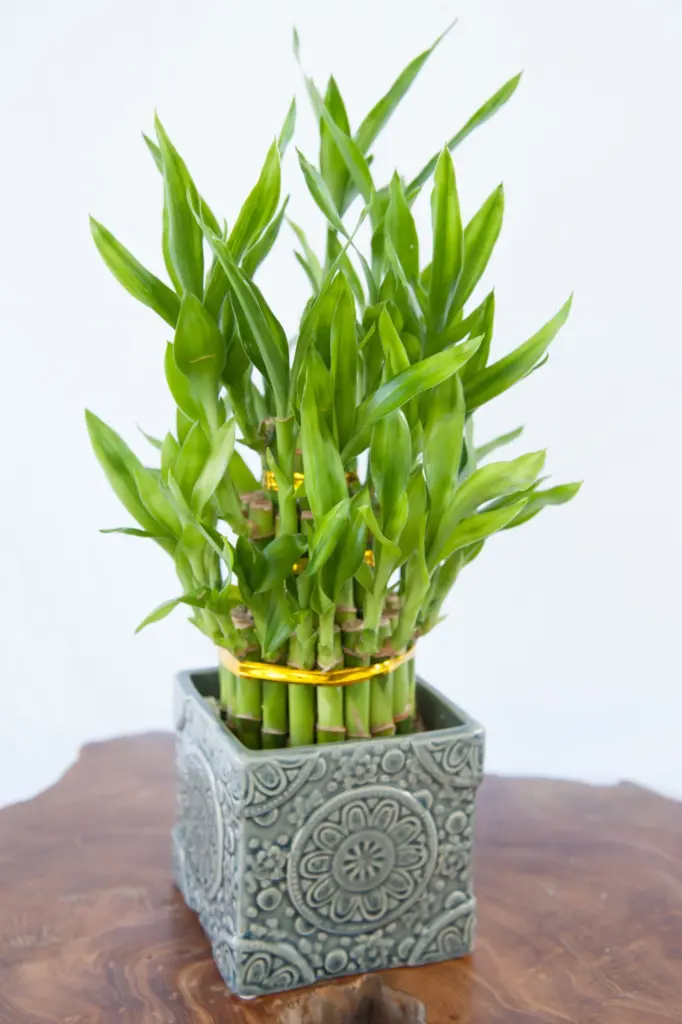
Overwatering
Are you drowning your bamboo with kindness? While water is essential for plant growth, overwatering can lead to waterlogged soil, suffocating roots, and ultimately, yellowing leaves.
Solution: Give your bamboo a breather! Allow the top inch of soil to dry out between waterings to prevent waterlogged conditions. Ensure proper drainage in your pot and consider using a moisture meter to gauge when it’s time to water.

Mitigating the Effects of Harsh Water Make Bamboo Gone Yellow
The quality of water used for irrigation can significantly impact the health of your bamboo plant. Chemical additives present in tap water, such as chlorine, can hinder growth and cause leaf yellowing.
Solution: Opt for distilled water or rainwater for watering your bamboo, or allow tap water to sit for at least an hour to dissipate harmful chemicals before use.

pH Imbalance
Is the pH level of your bamboo’s soil out of whack? An imbalance in soil acidity or alkalinity can affect nutrient absorption, leading to yellowing leaves as your plant struggles to obtain essential elements.
Solution: Test the waters! Check the pH level of your bamboo’s soil using a pH testing kit available at gardening centers. Adjust the pH as needed by adding amendments like lime to raise pH or sulfur to lower pH, ensuring optimal growing conditions for your bamboo.

There you have it! By identifying the reasons behind why your bamboo is turning yellow and implementing the appropriate solutions, you can help restore its vitality and beauty. Remember to observe your plant closely, provide it with the care it needs, and don’t hesitate to seek further assistance if necessary. With a little TLC, your bamboo will be thriving once again, gracing your space with its lush greenery! So, why is my bamboo turning yellow? 10 Possible Reasons And Solutions For Each-now you know how to tackle this common garden dilemma like a pro!
FAQs
Can yellow bamboo turn green again?
In some cases, yes, yellow bamboo leaves can turn green again if the underlying issue causing the yellowing is addressed promptly. This may include providing proper sunlight, water, and nutrients, as well as addressing any potential issues such as pests or diseases.
How do you fix yellow bamboo leaves?
To fix yellow bamboo leaves, first, identify and address the underlying cause. Common reasons for yellowing include overwatering, underwatering, inadequate sunlight, nutrient deficiencies, or pest infestations. Adjust watering, sunlight exposure, and fertilization as needed, and treat any pests or diseases promptly. Trim away severely damaged or yellowed leaves, and monitor the plant’s progress.
Is Yellow bamboo Stalk dead?
A yellow bamboo stalk may indicate various issues, including overwatering, underwatering, nutrient deficiencies, or root rot. It’s essential to assess the overall health of the plant and its roots to determine if the stalk is dead. If the stalk feels mushy or has dark, rotting areas, it may be dead or dying. Trim away any dead or rotting portions and adjust care practices to promote the plant’s health.
How often should you water bamboo?
The frequency of watering bamboo depends on factors such as environmental conditions, soil type, and the plant’s size and stage of growth. In general, bamboo prefers consistently moist but well-draining soil. Water thoroughly whenever the top inch of soil feels dry to the touch, typically every 1-2 weeks. Adjust watering frequency based on the plant’s specific needs and environmental conditions.
What does an overwatered bamboo plant look like?
Signs of overwatering in bamboo plants may include:
- Yellowing or browning of leaves, especially near the base of the plant.
- Wilting or drooping foliage, even when the soil is moist.
- Mushy or soft stems or roots.
- Foul odor emanating from the soil, indicating root rot. If you suspect overwatering, allow the soil to dry out partially between waterings and adjust watering practices to prevent further damage.
Does bamboo need sun?
Yes, bamboo generally requires sunlight to thrive. Most bamboo species prefer partial to full sunlight for optimal growth. Provide at least 4-6 hours of sunlight per day for healthy bamboo growth. However, some varieties can tolerate partial shade, especially in hot climates. Adjust the plant’s location based on its specific sunlight requirements and environmental conditions.
